نقد و بررسی
ماژول wifi ESP8266 Nod MCU CP2102ماژول NodeMcu یک برد توسعه یافته نمونه ماژول های قبلی و مبتنی بر چیپ ESP8266 و از جمله جدیدترین نسخه NodeMcu Lua می باشد.این برد دارای مبدل CH9102 با قابلیت اتصال به وایفای، برای بردهای آردینو بهینه شده است و کدنویسی مشابه آردینو دارد.
ماژول ESP8266 یک میکروکنترلر 32بیتی با حافظه فلش حداکثری 32 مگابیت و فرکانس کاری 80 مگاهرتز می باشد ولی ماژول توسعه یافته یNodeMCU، علاوه بر داشتن وای فای دارای پین های ورودی و خروجی D0 تا D8 می باشد و به اصطلاح به آن GPIO گفته می شود.
این ماژول از جمله ماژول های ساده ای می باشد که دارای کاربردها و قابلیت های زیادی می باشد و در حقیقت یک برد توسعه برای کاربردهای اینترنت اشیاء محسوب می گردد و برای کنترل وسایل با وای فای کارآمد می باشد.
از جمله ویژگی های این ماژول می توان به داشتن ADC، مبدل USB به سریال، قابلیت برنامه ریزی، ارزان قیمت بودن، دارا بودن آنتن PCB، ارتباط تک سیمه و هم چنین PWM اشاره کرد.
توجه: از تغذیه مستقیم ماژول توسط بوردهای توسعه خودداری نمایید. می توانید برای این کار از ماژول مبدل سطح ولتاژ استفاده کنید.
کاربرد برد توسعه NodeMcu:
- اینترنت اشیاء
- کنترل وسایل با وای فای
مشخصات برد توسعه NodeMcu:
- دارای مبدل USB به TTL
- قابلیت نصب و اجرا
- 10پایه GPIO، و هر پایه می تواند به عنوان PWM، I2C و یک سیمه استفاده گردد.
- دارای ماژول وایفای
- آنتن PCB
- دارای سورس قابل دسترس
- جذاب، قابل برنامه ریزی، ارزان قیمت، ساده، هوشمند
Description :
The ESP8266 WiFi Module is a self-contained SOC with integrated TCP/IP protocol stack that can give any microcontroller access to your WiFi network. The ESP8266 is capable of either hosting an application or offloading all Wi-Fi networking functions from another application processor.
Each ESP8266 module comes pre-programmed with an AT command set firmware, meaning, you can simply hook this up to your Arduino device and get about as much WiFi-ability as a WiFi Shield offers. The ESP8266 module is an extremely cost-effective board with a huge, and ever-growing, community.
The ESP8266 can be controlled from your local Wi-Fi network or from the internet (after port forwarding).
The module can be programmed using an Arduino/USB-to TTL converter through the serial pins (RX, TX). With the complete and self-contained Wi-Fi networking capabilities, ESP8266EX can perform either as a standalone application or as the slave to a host MCU.
It also supports GPIO (General Purpose Input/Output). It’s a standard interface used to connect microcontrollers to other electronic devices. For example, it can be used with sensors, diodes, displays, and System-on-Chip modules.
All esp8266 Arduino compatible modules must be powered with DC current from any kind of the source that can deliver stable 3.3V and at least 250mA. Also, the logic signal is rated at 3.3v and the RX channel should be protected by a 3.3v divisor step down.
This module has a powerful enough on-board processing and storage capability that allows it to be integrated with the sensors and other application specific devices through its GPIOs with minimal development up-front and minimal loading during runtime.
Its high degree of on-chip integration allows for minimal external circuitry, including the front-end module, which is designed to occupy minimal PCB area.
The ESP8266 supports APSD for VoIP applications and Bluetooth co-existence interfaces, it contains a self-calibrated RF allowing it to work under all operating conditions and requires no external RF parts.
If you are going to use this module in a project that is powered by batteries or by solar power it is mandatory to know everything about ESP8266 Arduino Sleep modes.
The current version offers 3 different sleep modes that can be triggered programmatically.
The CP2102 converter is a highly-integrated USB-to-UART Bridge Controller providing a simple solution for updating RS232 designs to USB using a minimum of components and PCB space. The CH9102 includes a USB 2.0 full-speed function controller, USB transceiver, oscillator, EEPROM or EPROM, and asynchronous serial data bus (UART) with full modem control signals in a compact 5 x 5 mm QFN-28 package.
Note: You should be careful when using this module with Arduino or other boards that supply 5v because this module does not come with overpowering protection and can be easily destroyed.
Application :
IoT
Wi-Fi control
Features:
USB-TTL included
Plug and Play
10 GPIO, every GPIO can be PWM, I2C, 1-wire
FCC CERTIFIED WI-FI module
PCB antenna
Open-source
Interactive, Programmable, Low cost, Simple, Smart, WI-FI enabledWi-Fi Key Features:
• 802.11 b/g/n support
• 802.11 n support (2.4 GHz), up to 72.2 Mbps
• Defragmentation
• 2 x virtual Wi-Fi interface
• Automatic beacon monitoring (hardware TSF)
• Support Infrastructure BSS Station mode/SoftAP mode/Promiscuous mode
• Antenna diversity




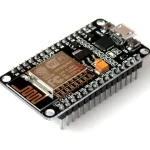


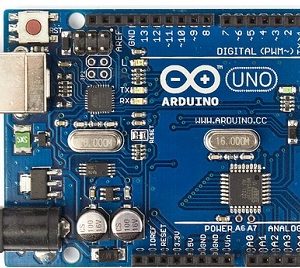



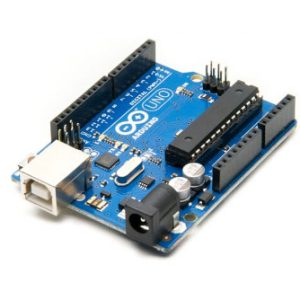
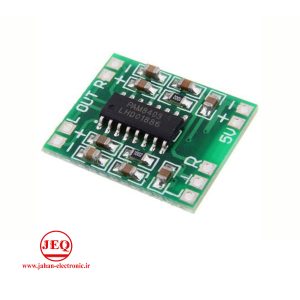
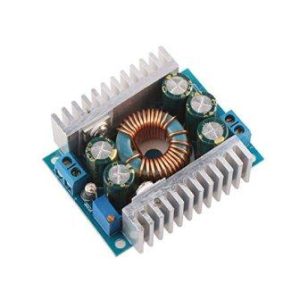
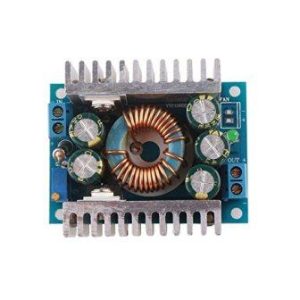


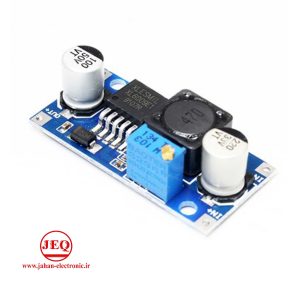
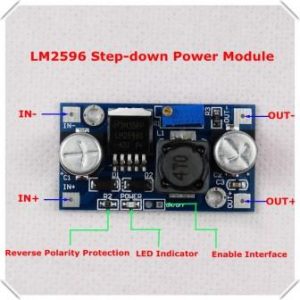
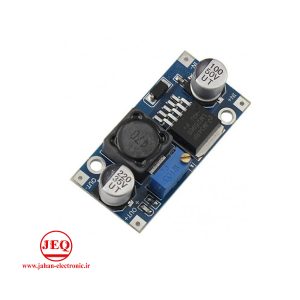
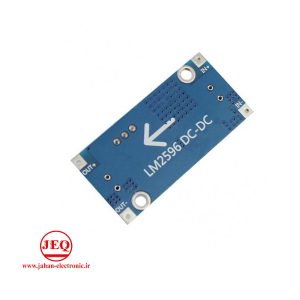

0دیدگاه